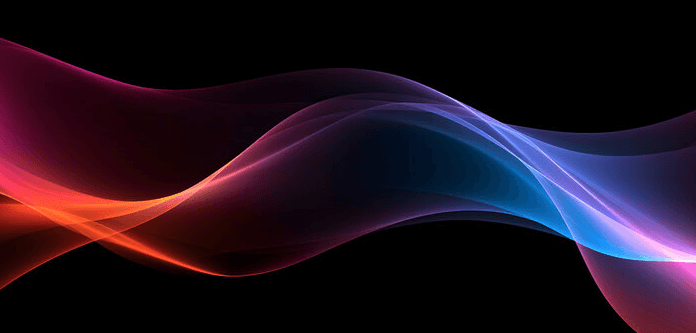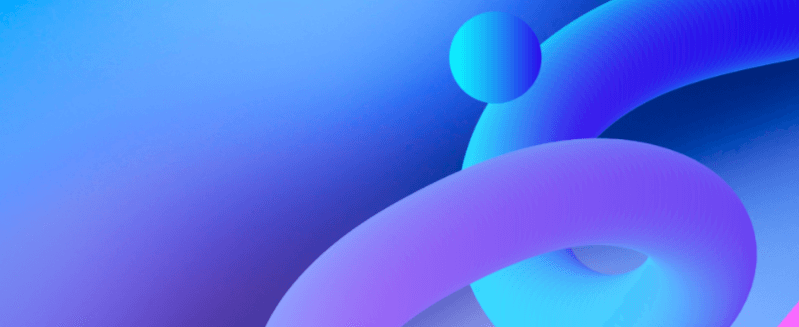ackground: Linear-Gradient

ackground: Linear-Gradient in web design represents a nuanced approach to color application, offering not only aesthetic enhancements but also functional benefits. By leveraging CSS syntax, designers can create smooth transitions between hues that can significantly influence user perceptions and interactions. However, the effectiveness of these gradients hinges on careful selection and implementation, prompting a closer examination of how color combinations can either amplify or detract from a design’s intended message. As we explore the intricacies of this design technique, one must consider the balance between creativity and usability.
Understanding Linear Gradients
Linear gradients are frequently employed in design and art to create a seamless transition between colors, invoking depth and dynamism within a visual composition.
Understanding gradient definitions is essential to mastering color theory, as these transitions can evoke emotions and convey messages.
Implementing Linear Gradients in CSS
Creating visually appealing web designs often involves the strategic use of color transitions, and CSS provides a powerful mechanism for implementing linear gradients.
By utilizing the linear gradient syntax, designers can effortlessly create stunning backgrounds with seamless color blends.
Ensuring browser compatibility is crucial, as this guarantees that gradients render beautifully across various platforms, allowing for a truly liberated and harmonious user experience.
Choosing Color Combinations
When selecting color combinations for linear gradients, it is essential to consider the psychological impact of colors alongside their aesthetic appeal.
Employing color theory can enhance mood influence while ensuring contrast balance. Incorporate accessibility considerations to reach a broader audience.
Additionally, seasonal palettes and brand alignment can create cohesive designs that resonate with users, fostering a sense of connection and freedom in expression.
Read Also Outline:0hqiib8sig8= Texas Map

Creative Examples of Linear Gradients
A stunning array of creative examples showcases the versatility of linear gradients in design.
From vibrant overlays that breathe life into minimalist designs to dynamic backgrounds adorned with geometric patterns, these gradients elevate visual storytelling.
Text effects shimmer with depth, while seasonal palettes evoke emotion, transforming ordinary images into captivating experiences.
Embrace the freedom of creativity with linear gradients as your canvas.
Conclusion
In conclusion, ackground: Linear-Gradient serve as a striking synthesis of style and sophistication in modern web design. Their seamless shifts and subtle shades not only enhance visual allure but also foster functional finesse. By carefully crafting color combinations and implementing innovative integrations, designers can transform ordinary backgrounds into captivating canvases. Ultimately, the thoughtful application of linear gradients paves the path for a more dynamic digital experience, leaving a lasting impression through vibrant visual storytelling.



